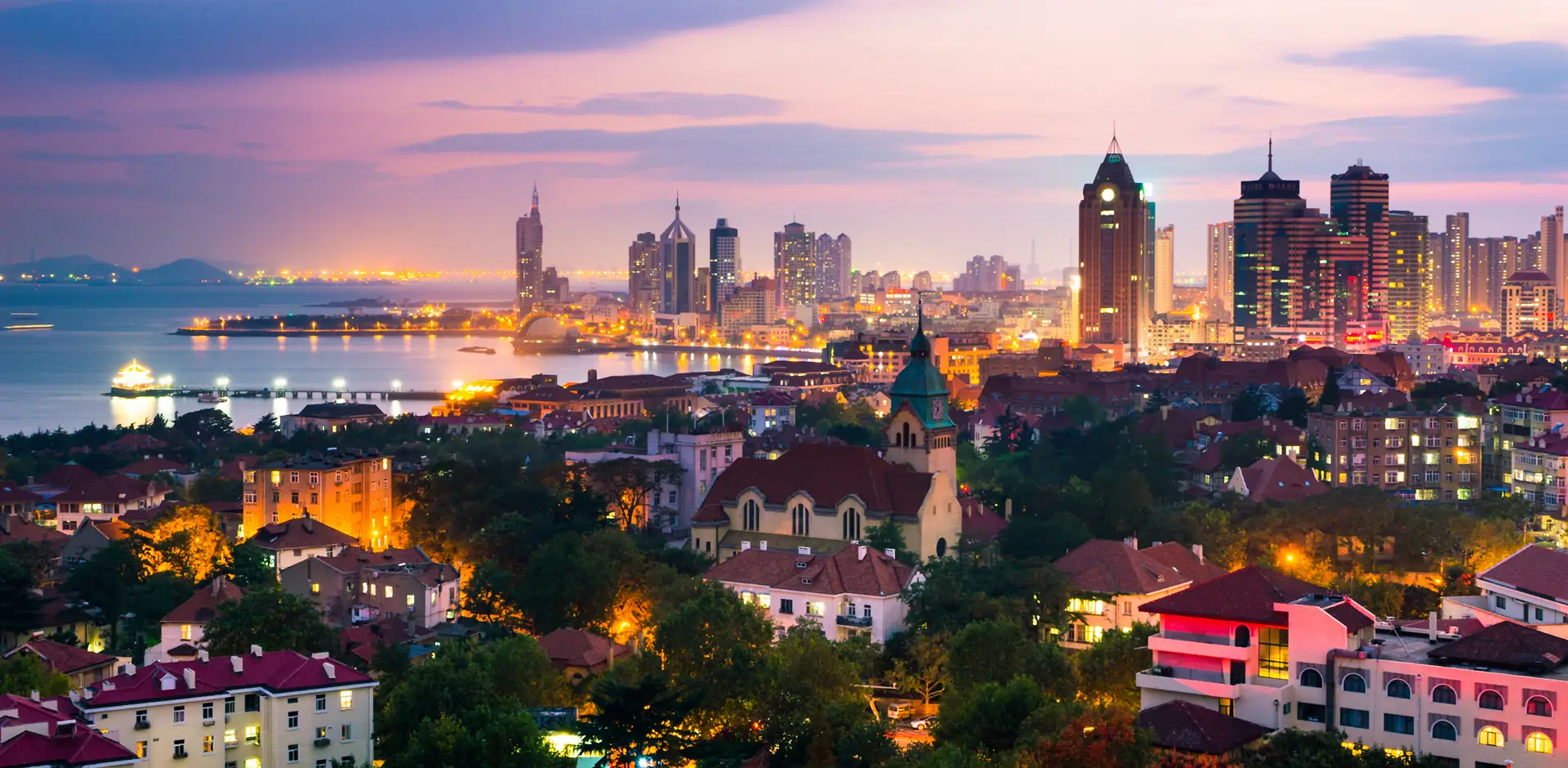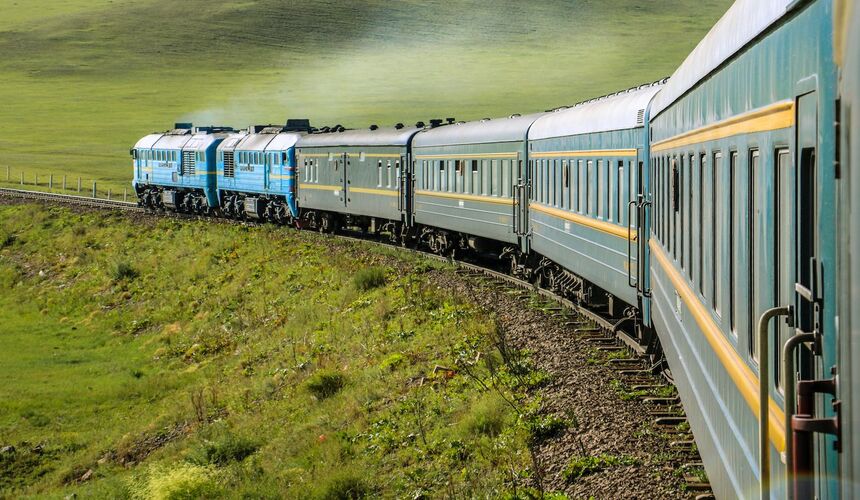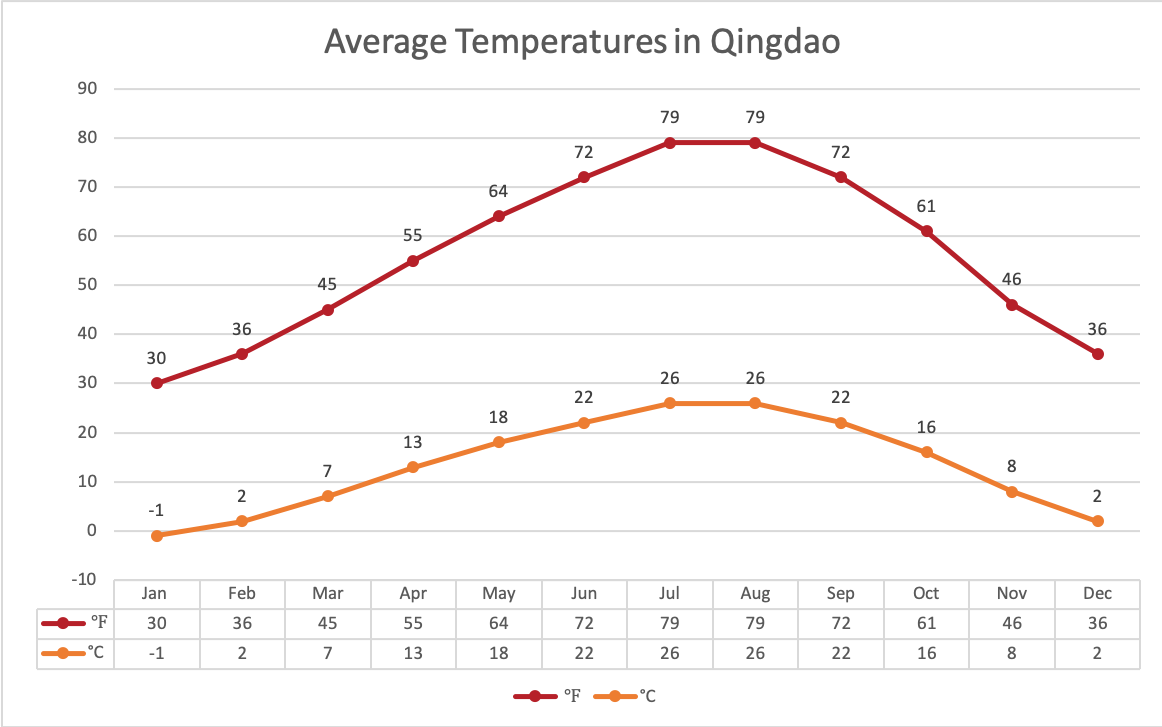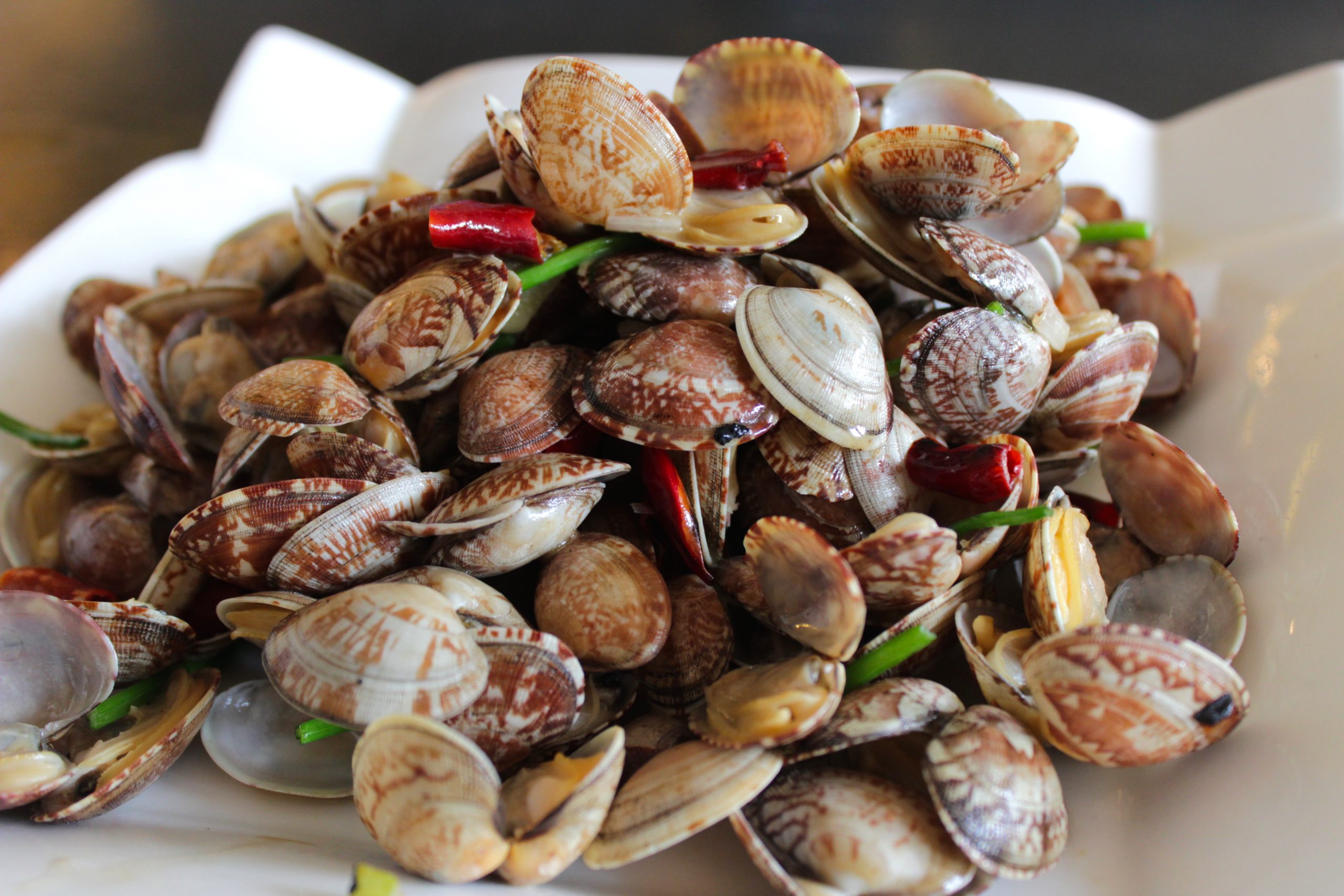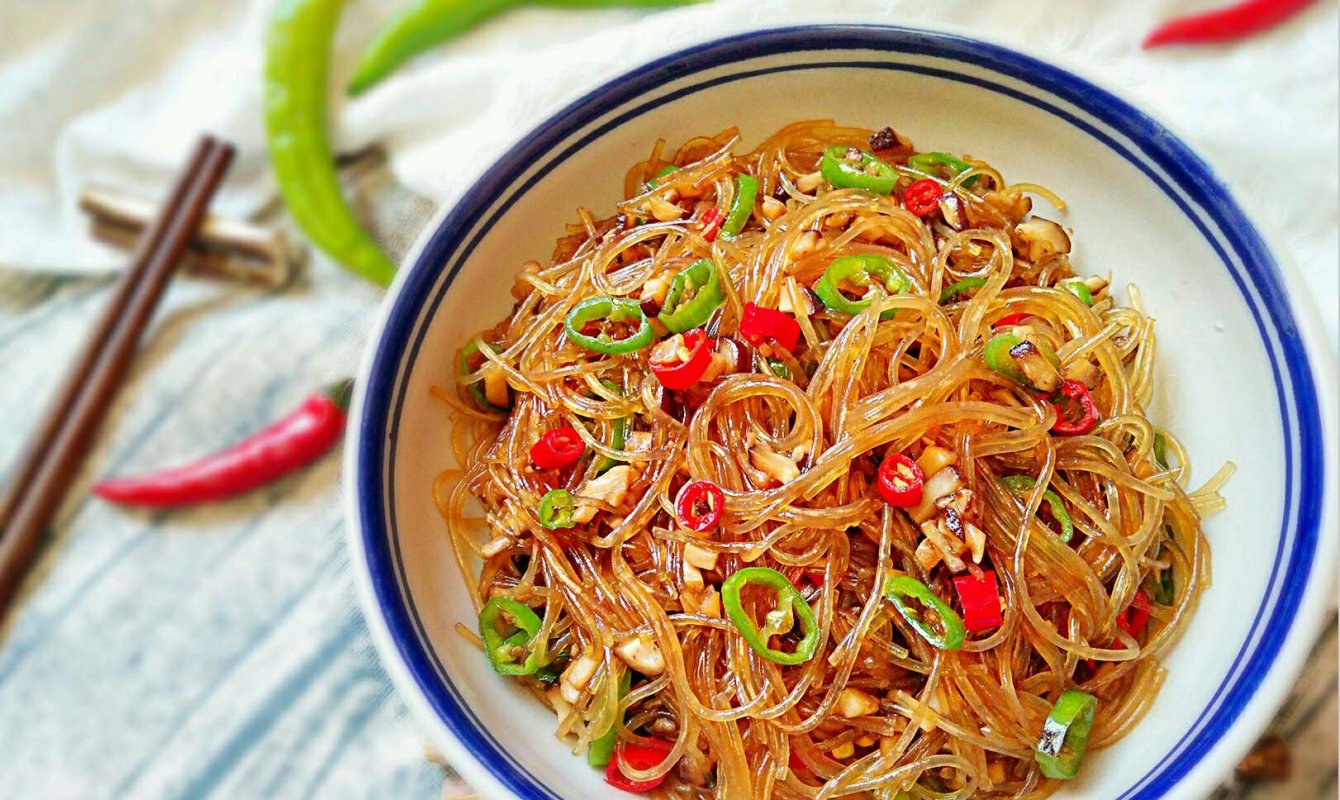Home town of beer
Qingdao is a modern city that has successfully preserved its past while projecting a dazzling modern face to the future. The city’s fresh sea air and attractive appearance make it a unique destination. Its combination of concession-era and modern architecture surpasses China’s standard white-tile and blue-glass developments. The city’s winding cobbled streets, colonial German architecture, and red-capped hillside villas are captivating. The diverse food scene is also a highlight, with the ubiquitous hometown beer Tsingtao. Additionally, the seaside location keeps the town cooler than inland areas during summer and slightly warmer in winter.
Qingdao is a pleasant destination year-round, but the best time to visit is from March to November, particularly in August when the Qingdao International Beer Festival takes place. In early spring, the temperature remains chilly with an average of around 8°C. However, it becomes much warmer in April and May, with temperatures ranging from 13°C to 18°C. During the summer, the temperature in Qingdao is moderate, with an average of about 24°C and a maximum of around 30°C in August. In September, the temperature in Qingdao is around 24°C, making it neither hot nor cold. As November approaches, the temperature drops and there is less rain. Winter in Qingdao is cold, with frosty nights and strong winds. In January, the temperature can fall below 0°C.
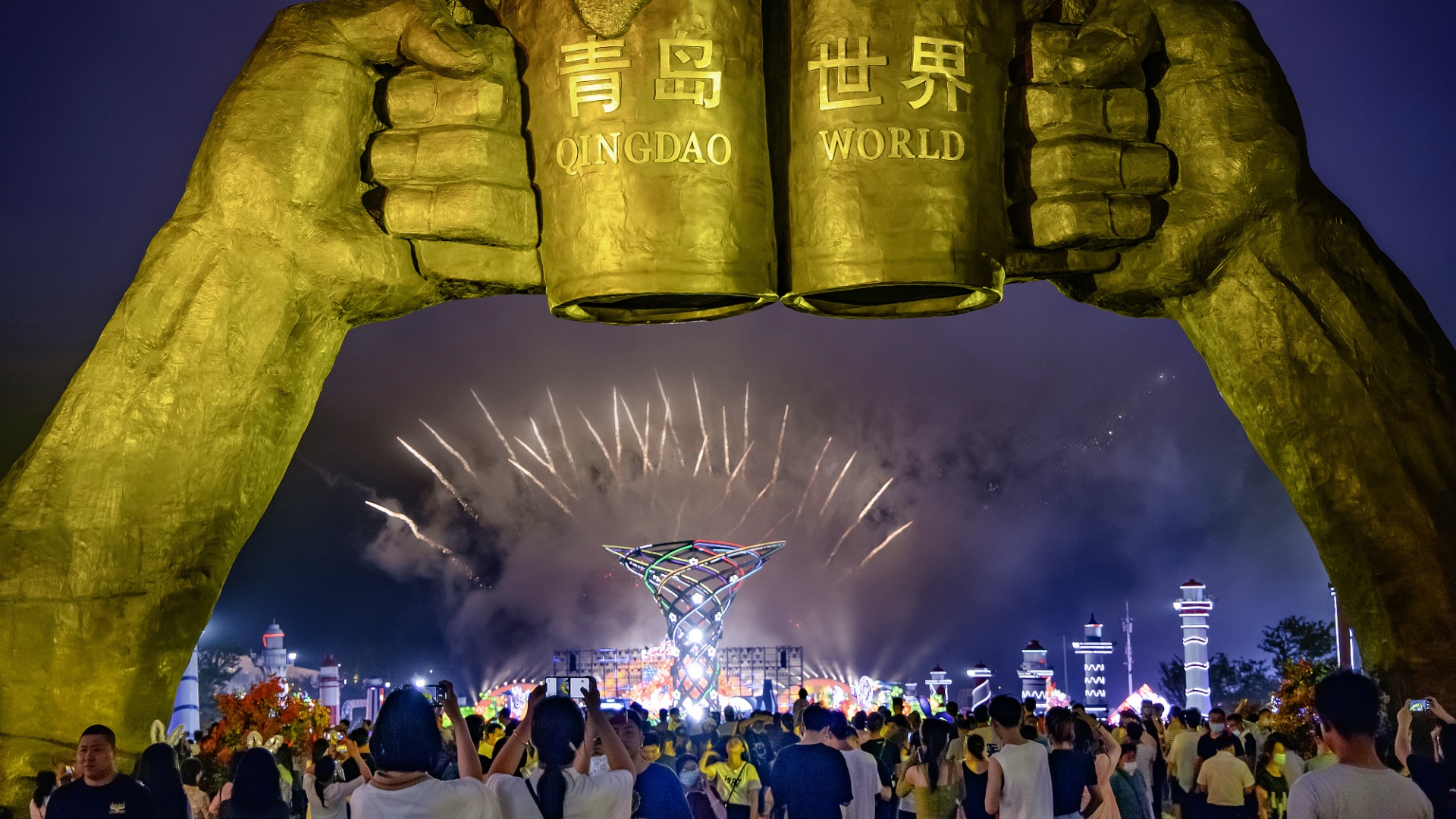
Qingdao International Beer Festival
As an international carnival, there will be many tents set up for different beer brands, performances, and shows. Drinking beer is a must. As there are many beer companies from abroad, you can not only have a taste of the local Qingdao Beer but also beers from the world. Apart from the opening and closing ceremonies, during the festival, there would be various activities. You can sing along with the music, watch amazing acrobatic performances, appreciate exotic dances, and take part in interesting little games.

Laoshan Mountain
Mount Lao is one of the birthplaces of Taoism. It is beautiful and clean, with breathtaking views of mountains and open ocean. Take a cable car up the mountain if you have less time, and watch for the different rock formations along the way.
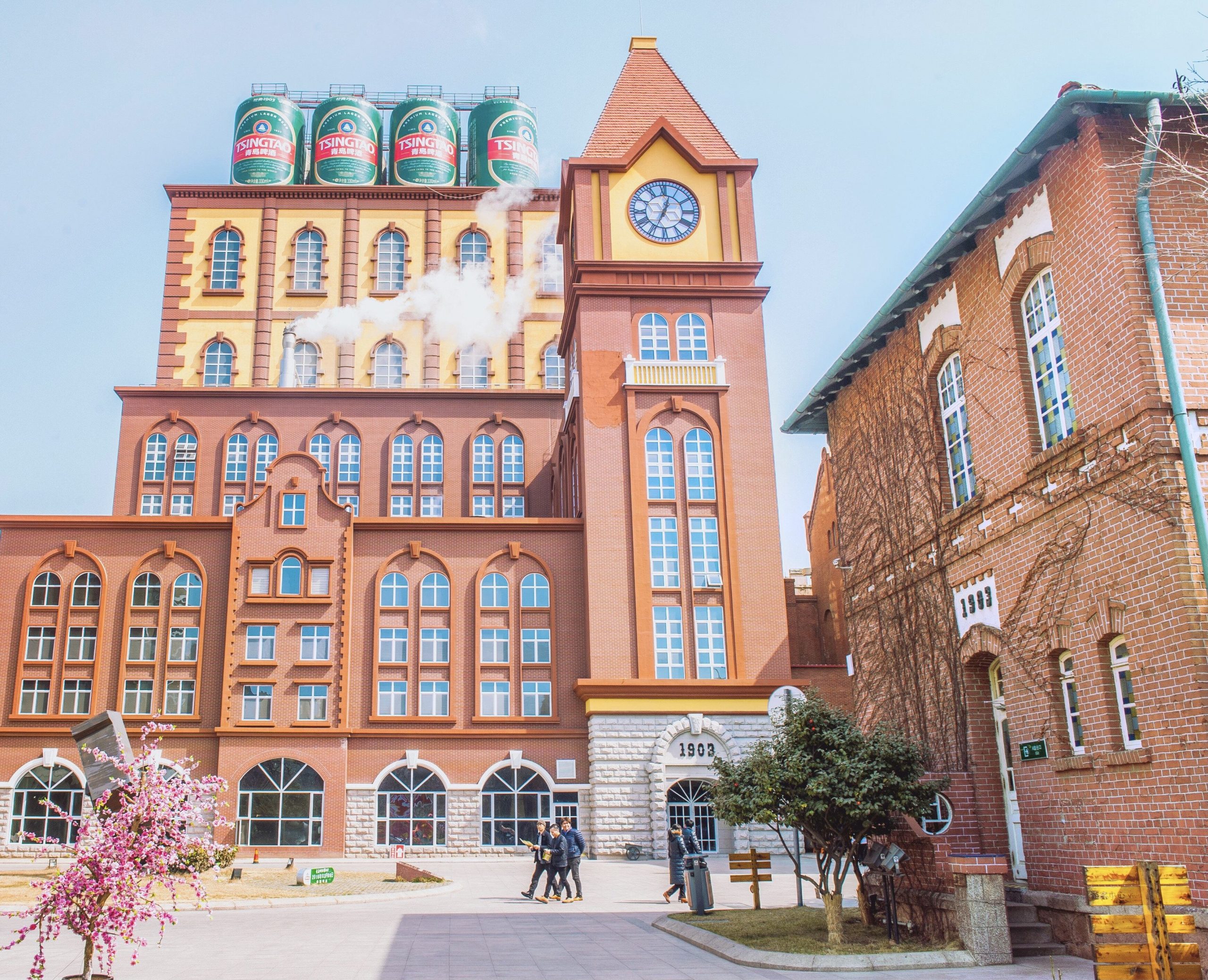
Tsingtao Beer Museum
For those interested in learning about the history of Tsingtao Beer, the Tsingtao Beer Museum is the ideal destination. As a world-renowned museum dedicated to Tsingtao beer, it integrates the brand's century-long history with modern brewing technology and production lines. The museum offers a unique tourist experience that combines culture, history, industry, and entertainment. Visitors can observe the production process of Tsingtao Beer and enjoy a beer tasting.
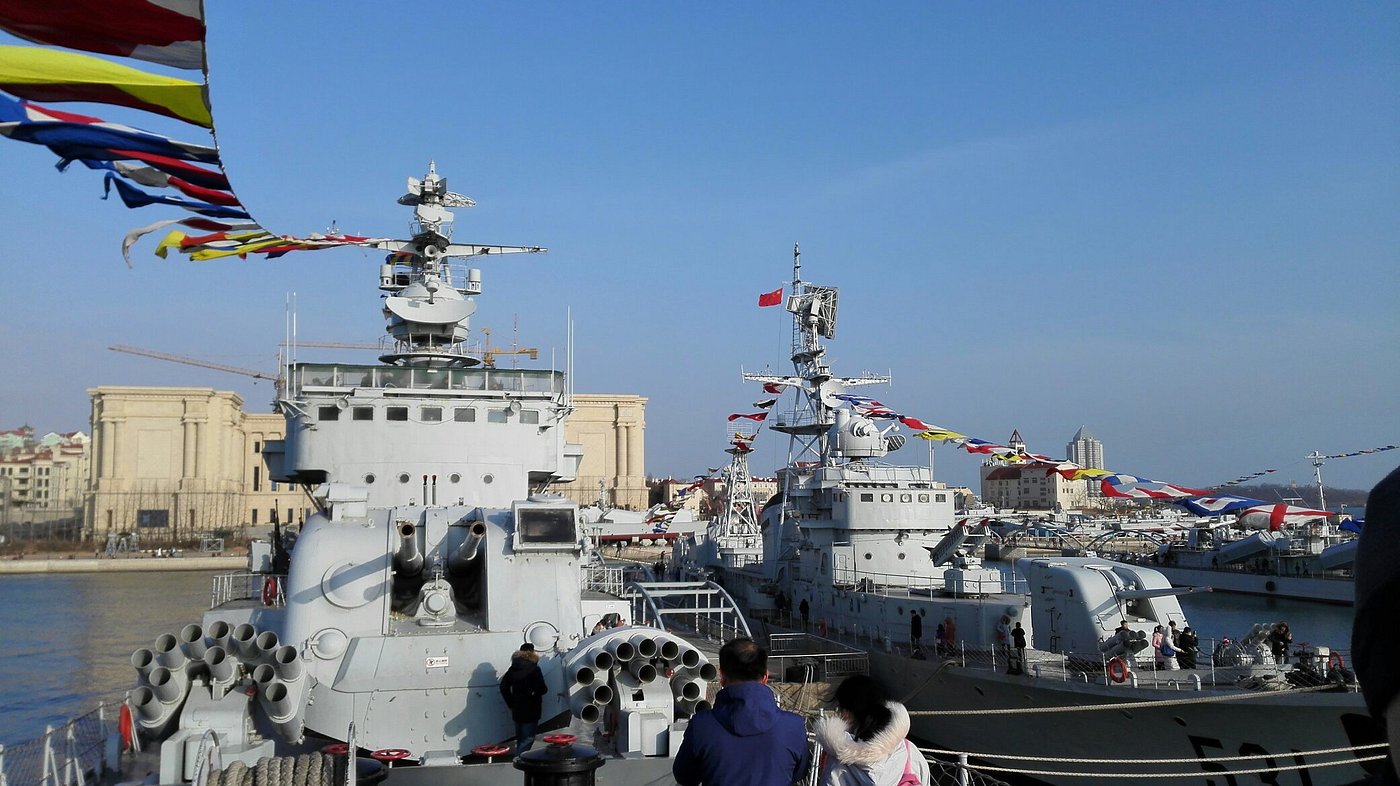
Qingdao Nava Museum
The Qingdao Naval Museum, established in 1988, is the sole military museum that showcases the complete development of the Chinese naval establishment. The museum boasts an extensive collection of documents, photographs, and precious relics from different periods, which fully narrate the history and achievements of the Chinese navy. It comprises three main exhibit areas: the Military Uniform and Gift Exhibition Hall, the Weapons and Equipment Exhibition Area, and the Ship and Naval Warfare History Galleries on the sea area.
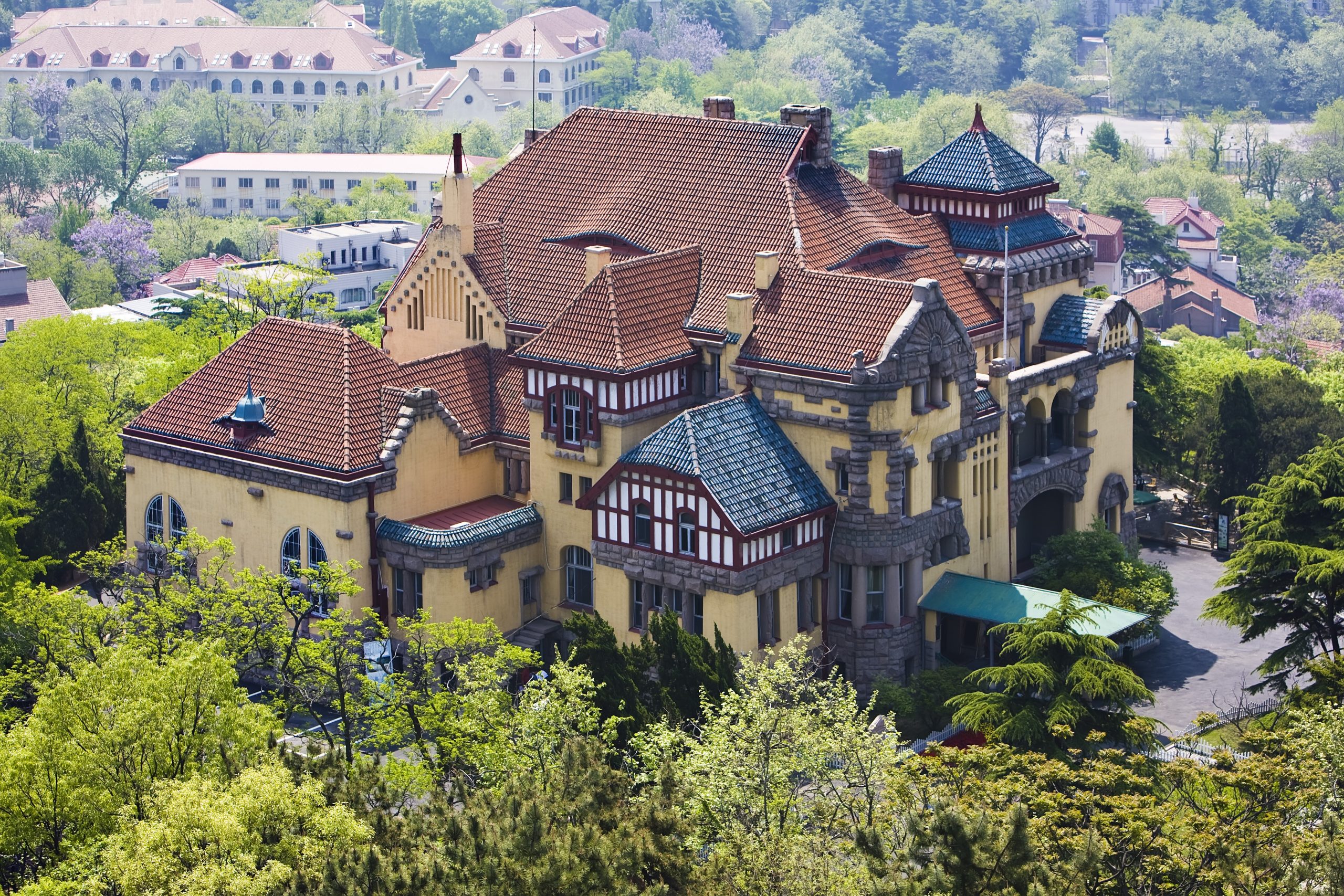
Badaguan Scenic Area
This neighborhood comprises of approximately 200 old buildings, each designed in a unique style from over 20 different countries, such as German, Russian, French, and Spanish. The neighborhood consists of 10 streets, 8 of which are named after important military fortresses along the Great Wall of China. During spring, some streets are lined with pink cherry blossoms, while in autumn, others are dotted with colourful fallen leaves.
Qingdao’s cuisine is predominantly seafood-based, with local restaurants adding a unique twist to typical Shandong dishes. During the summer months, menus are filled with crab, lobster, scallops, squid, and shrimp, usually served with rice and noodles and flavoured with shallots and soy sauce, which are extremely popular among locals. It is common to find seafood stewed with shallots on any menu in Qingdao.
Must-try: Chili Sautéed Clams, Qingdao Cool Vermicelli, Pork and Cabbage Chinese Buns, Seafood Noodles, Roast Squid, Wonton Soup
Air
The city is served by only one airport, Qingdao Jiaodong International Airport. The airline currently operates 182 routes, connecting 107 cities across 8 countries and regions. It is also available for the 144-Hour Visa Free Transit Policy, making it easier for foreign tourists to visit Qingdao. Direct flights are available from domestic cities such as Beijing (1.5h), Shanghai (1.5h), Xian (2h), Luoyang (1.5h), Zhengzhou (1h45min), Chengdu (2h40min), Guangzhou (3-3.5h), and international cities including Seoul (1.5h), Tokyo (3.5h), and Osaka (3h).
Train
Qingdao has a dozen railway stations, but the two most commonly used are Qingdao Railway Station and Qingdao North Railway Station. Both stations operate high-speed and normal trains to major cities across China. Qingdao Railway Station provides services to Beijing (4-5h), Shanghai (7h), Guangzhou (13h), Xian (9-23h), Tianjin (4-4.5h), Jinan (2-5.5h), Tai’an (3.5-6.5h), Yantai (1.5-2h), and more. You can reach the station via Metro Line 3 or multiple bus routes.
Qingdao North Railway Station is the largest railway station in Shandong province. It provides train services to Shanghai (7h), Guangzhou (30h), Xian (8-21h), Tianjin (4.5-10h), Jinan (1.5-5.5h), Tai’an (2.5-7h), Yantai (1.5h), and other destinations. Despite being situated a little far from the city centre, it is easily accessible via metro Line 3.


